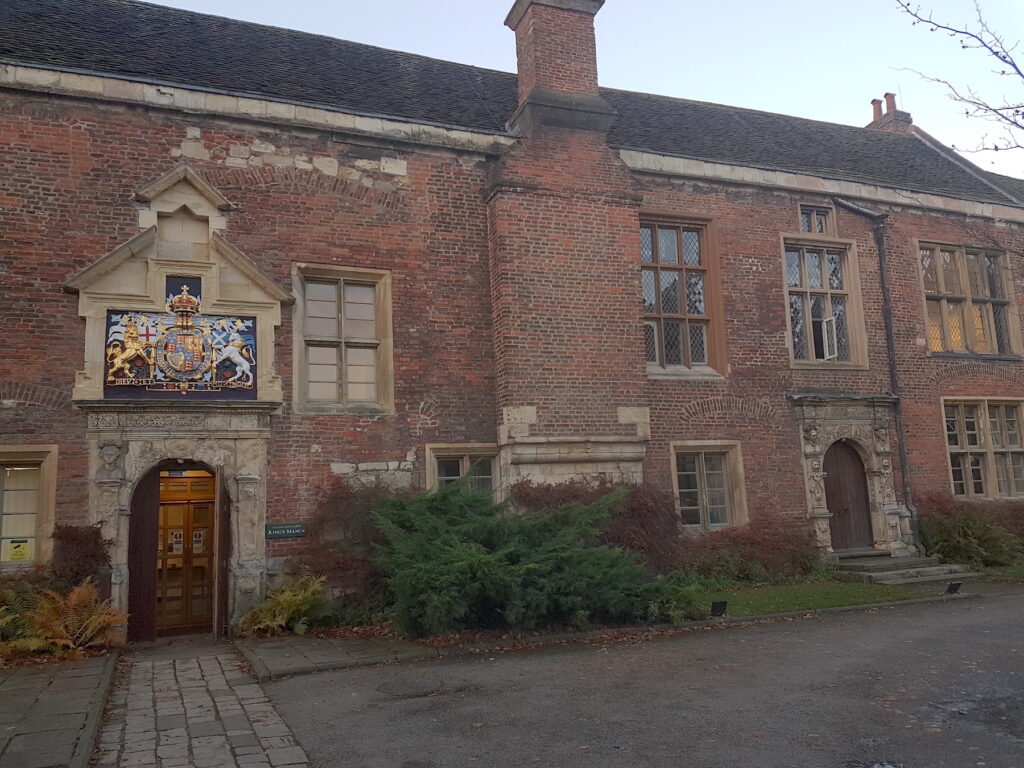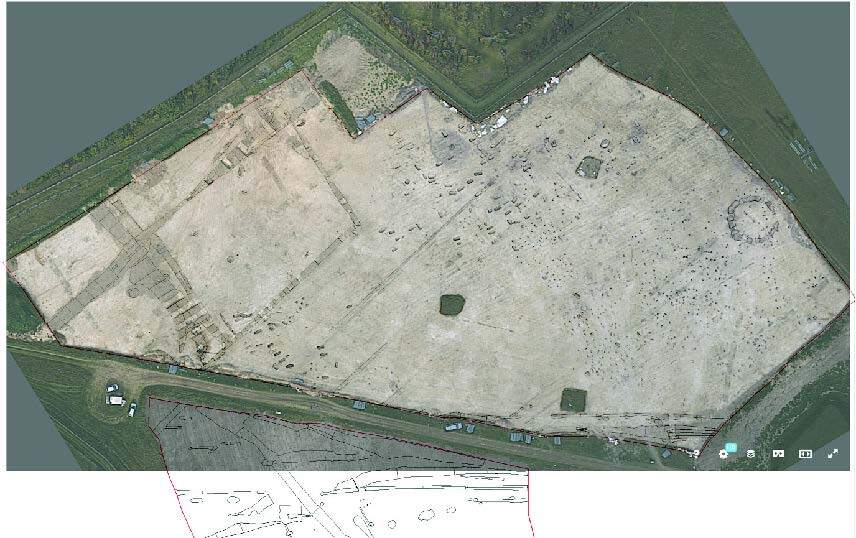Several users have been in touch concerned over the future of England’s Rock Art website. Suffice to say that users should rest easy that no data is being lost, and public access to data is being retained.
Here’s the important background as to why this is happening:
England’s Rock Art website was originally launched in Summer 2008, as the culmination of a Historic England (then English Heritage project) to catalogue carvings in the Northumberland region. Since then it has been added to, principally with records from the Beckensall archive that were previously stored with Newcastle University. The website itself is actually a fairly complex application, with an underlying spatial database and Java framework that allows the user to interrogate the database.
Since its launch, the ADS have continued to perform a wide range of updates, patches and migrations on the application to ensure it’s longevity. These have involved major rebuilds in 2011, 2015, and 2018. Despite this additional work, undertaken with no additional funding, some features have begun to creak and latterly break (such as the map interface). More recently, the framework as a whole has become outdated, being deemed at risk for the last 18 months, and is now at a point where a major rebuild/application migration is required. This is not only to retain functionality, but also for security.
We take security very seriously here, and as such and in consultation with our IT services have agreed that the application is now at its end of life, and sadly needs to be replaced. We don’t take such decisions lightly. We’re aware from access stats that Rock Art has on average 30 unique visits every month and has a core interest group that needs to access the data, so we’re currently taking steps to make sure the data in the Rock Art database is maintained and made publicly accessible in perpetuity.
What’s happening?
The data itself (i.e. the text and images used in the database) is being turned into a standard ADS public archive. This means the individual records (CSV) images (JPG/TIF) and VRML will be available to access download. This includes all the later additions such as the Beckensall archive.
This means, for example, that all the information on the page for an ERA record such as this one, will still be there, just not in the website format and perhaps not as aesthetically pleasing.
We’re hoping to have this done as soon as possible, and when ready the ERA URL will resolve to the new archive.
Further ahead, there are some advantages to bringing the ERA data into a standard archive. The metadata can be incorporated within our Collections Management System (CMS) and Object Management System (OMS), the latter of which is forming the basis of our plans to centralise and implement cross-searching of Objects (i.e. files), and also to benefit from technical developments for external sharing such as IIIF. Overall, the data will be better curated, access widened by bringing it ‘in-house’.
In addition, we have plans to devote staff time to build on the raw data to develop the archive into an ADS Special Collection which replicates the database and map-based experiences we know a lot of our users enjoy for example Roman Amphora or Roman Rural Settlement of Britain). This is being done as a staff training exercise, so timescale for completion is less certain but I would hope we have an Advanced interface ready in 2021/2022.
We hope all our users will understand that this work is being undertaken as a practical response to a tricky problem that impacts all public ICT applications at some point. In this case, and because the resource was already held by ADS we’re happy the data are secure and will be made publicly accessible as soon as possible, and that where we can we will continue to enhance access to the data so that the legacy of the original project is continued.







Thank you for the sterling work you all do at ADS for the preservation of the archaeological record and for making it accessible to the profession and the public.
Happy new year 2021! And may you have many, many more!
I have found that Omeka C is a great way to do all of it. For example https://ibccdigitalarchive.lincoln.ac.uk/omeka/discover-the-archive
International Bomber Command Centre Digital Archive
Inside, it is easy to use and others can expand it. I hope your road is not too complicated, so Good luck